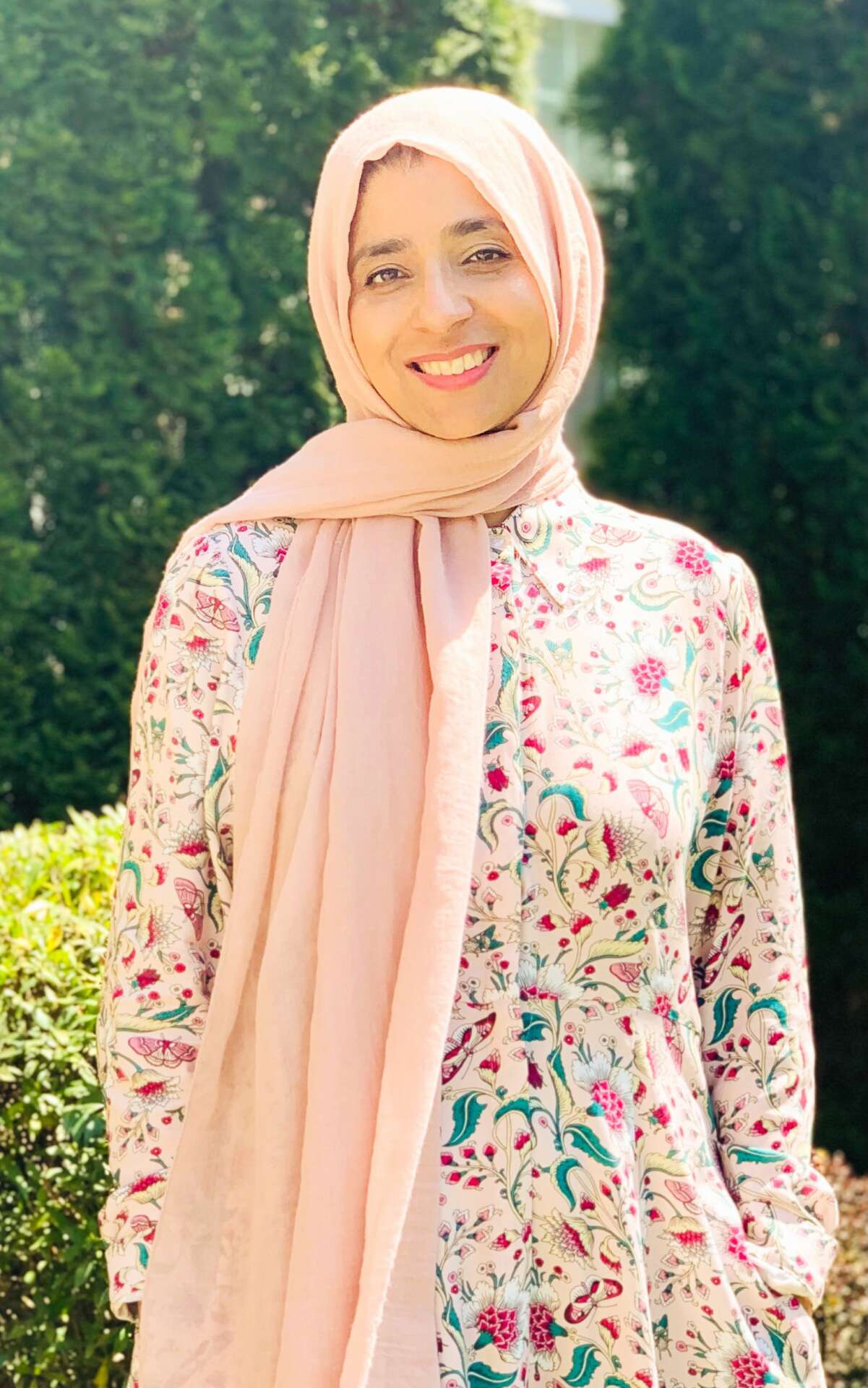We recently connected with Kulsum Tasnif and have shared our conversation below.
Hi Kulsum , thanks for joining us today. We’d love to hear about a project that you’ve worked on that’s meant a lot to you.
My art is driven by deep emotion. I feel compelled to create for so many reasons. I am drawn to stories of human struggles and triumphs. In my series “Journey to The Good Life,” I spent years researching the refugee crisis in which I recorded voices of survivors of war and illustrated their stories. I had the opportunity to highlight powerful accounts of survivors from Somalia, Bosnia, Afghanistan, Burma, and Syria. I worked on that exhibit for almost 4 years until I felt the need to take a step back.
This project was especially meaningful because it spoke to my past. I was a humanitarian aid worker in Bosnian refugee camps during the Balkan wars that took place in the 1990’s. Being able to represent such stories all this time later felt like I was finally able to close that chapter in my life.

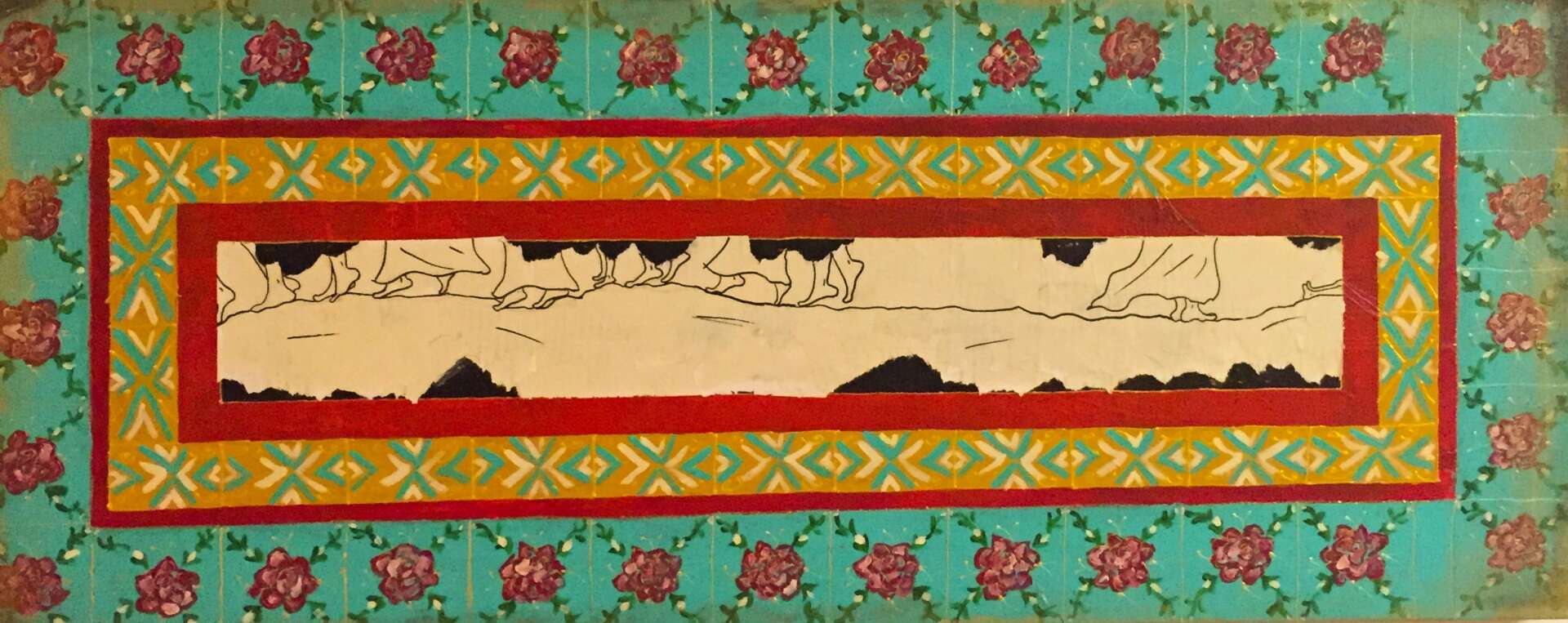
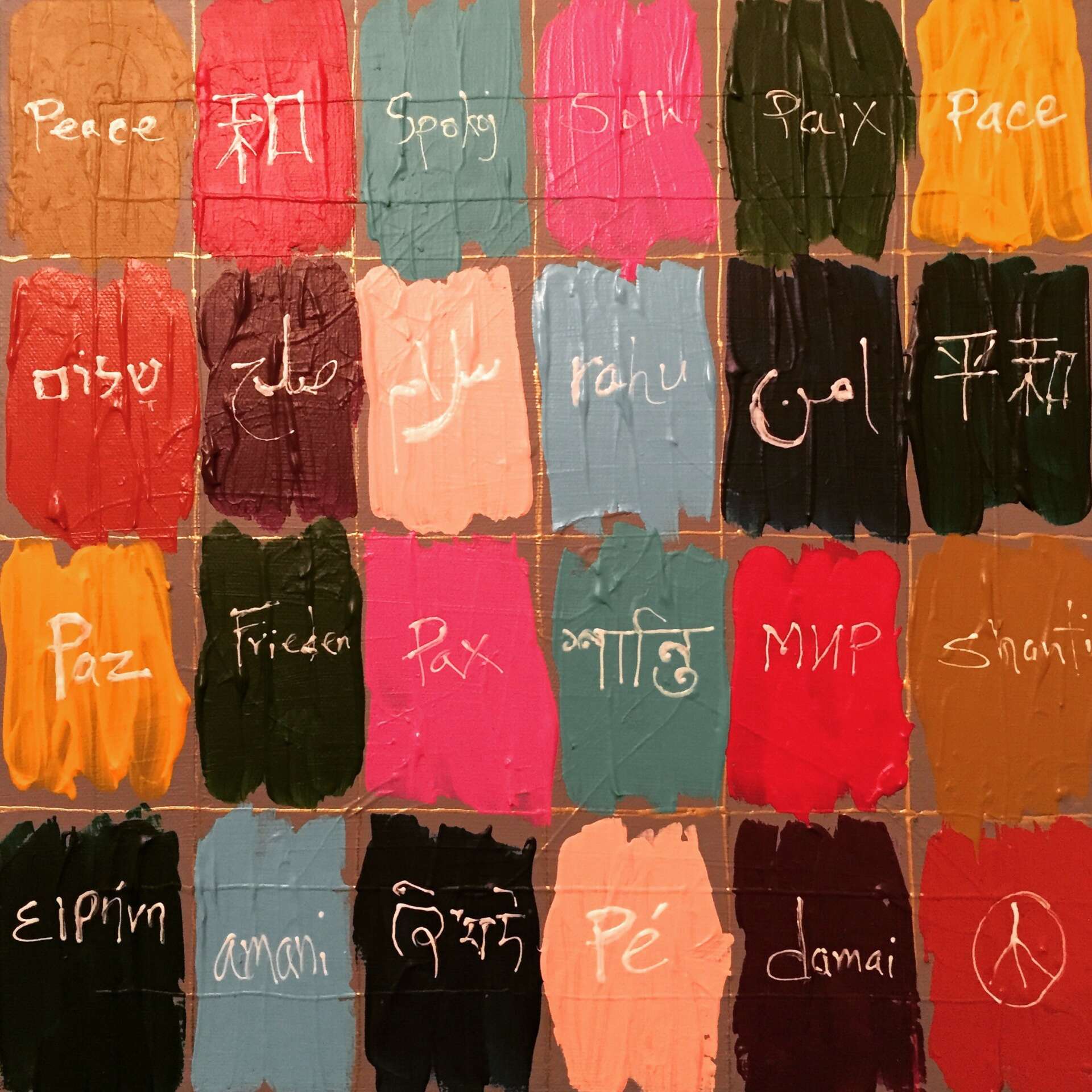
Kulsum , before we move on to more of these sorts of questions, can you take some time to bring our readers up to speed on you and what you do?
I don’t think being an artist was a choice for me. It’s just who I was ever since I could hold a pencil. However, the choice to study art and then make it a career is just a big blessing. I was supposed to go to law school, but instead chose a path that brought me the greatest fulfillment. I’m lucky to have had supportive parents who encouraged me to follow my dreams. I double majored in english and art, so I was able to work as an editor to pay the bills, while the rest of my time was spent showing my work in cafes. Eventually that led to galleries. I had a bunch of solo shows before I decided to go back to school. I completed my graduate studies in Art and Design last year.
Since then, I’ve been working as a freelance illustrator. I was invited to show my Protest Purse series, (an exhibit about female strength and empowerment), at Meredith College this year. My “resistance purses” serve as documentation of the Trump era and beyond, in which voices were silenced, yet, remaining silent was not an option. It is an ongoing project that seeks to re-contextualize how we see protest, and allows insight into the hearts and minds of a diverse community of women. This series is currently on show at Franky Weems Gallery, and the closing is next week!
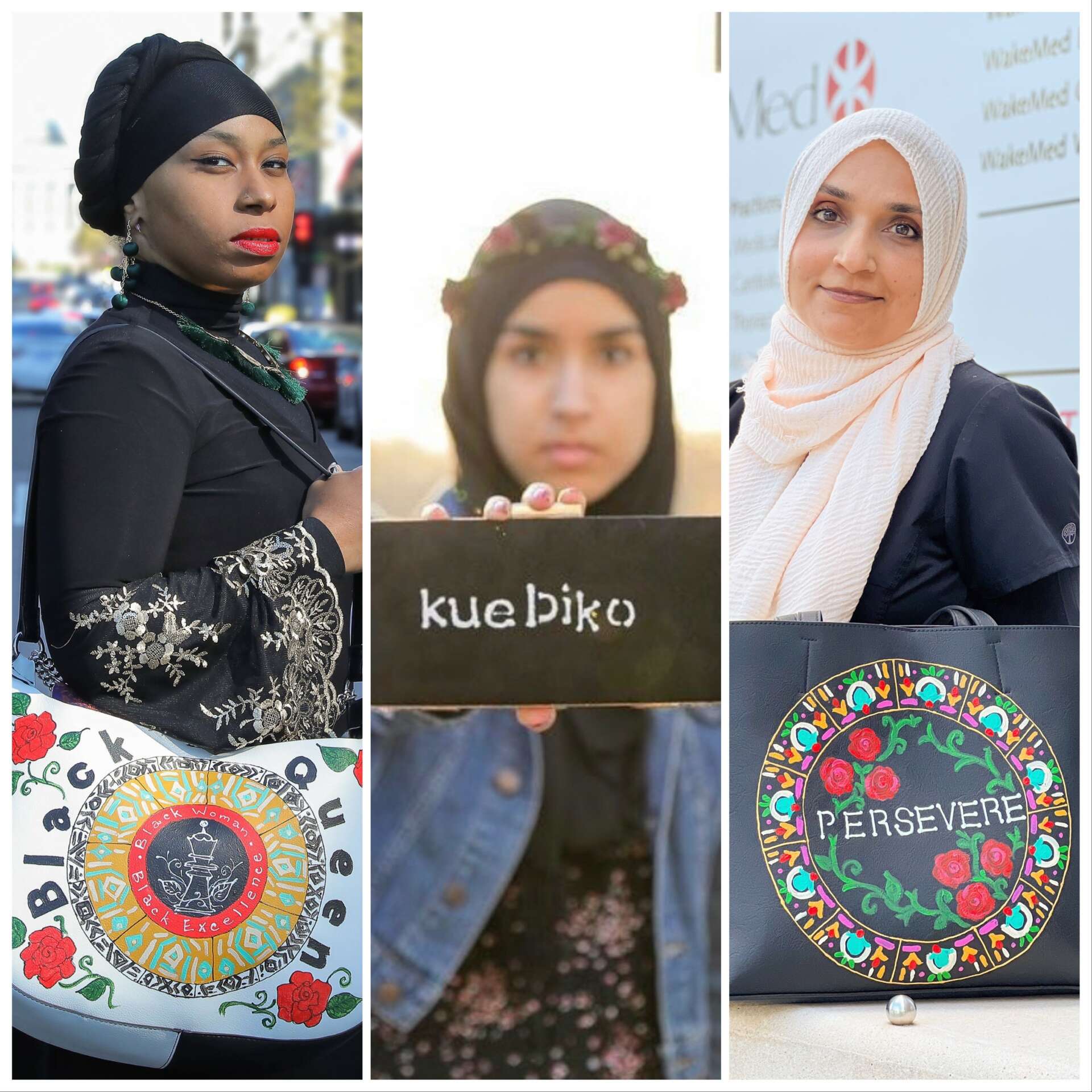

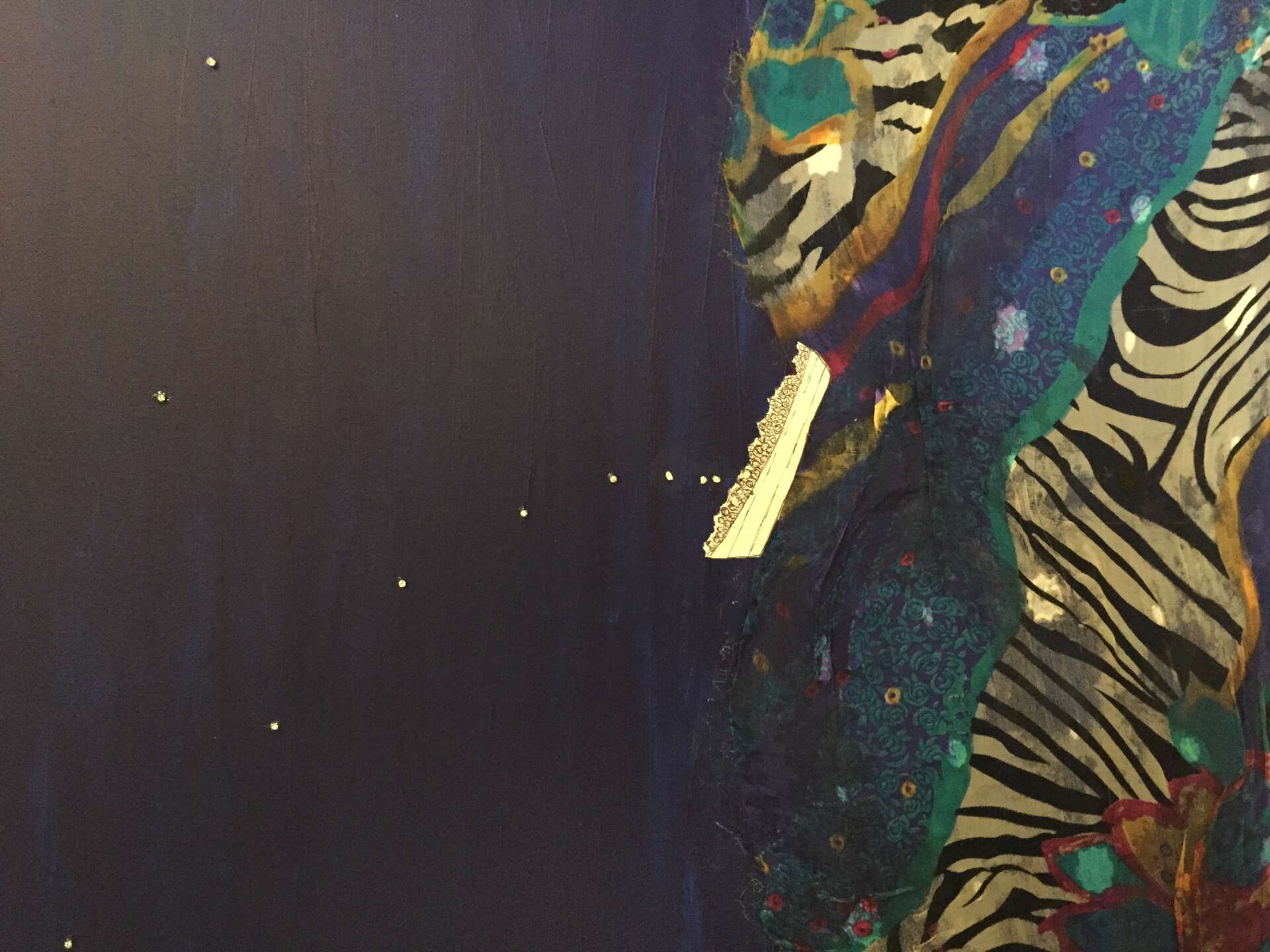
Is there something you think non-creatives will struggle to understand about your journey as a creative?
Being a professional artist with a family is tough if you don’t have the financial support. We’re definitely not in this field for the money. I learned this the hard way. I’m lucky in that I have a partner that is able to provide and who believes in my work so I’m able to create without compromise. As a Muslim woman in the arts, or any woman for that matter, I would say play it smart and pair your art degree with marketing or business. Many artists like myself are great at the art part, but really fall short in other aspects. Learning how to market yourself and make a living off your art is a skill that takes dedication and education.
In your view, what can society to do to best support artists, creatives and a thriving creative ecosystem?
The best way to value artists and creatives is to buy our work! Offer fair wages. Support small businesses who are trying to make a living and rely on community involvement. It’s a tough career, but an immensely rewarding one.
Contact Info:
- Website: www.kulsumtasnif.com
- Instagram: @kulsumtasnif
Image Credits
Caroline Cockrell Photography


